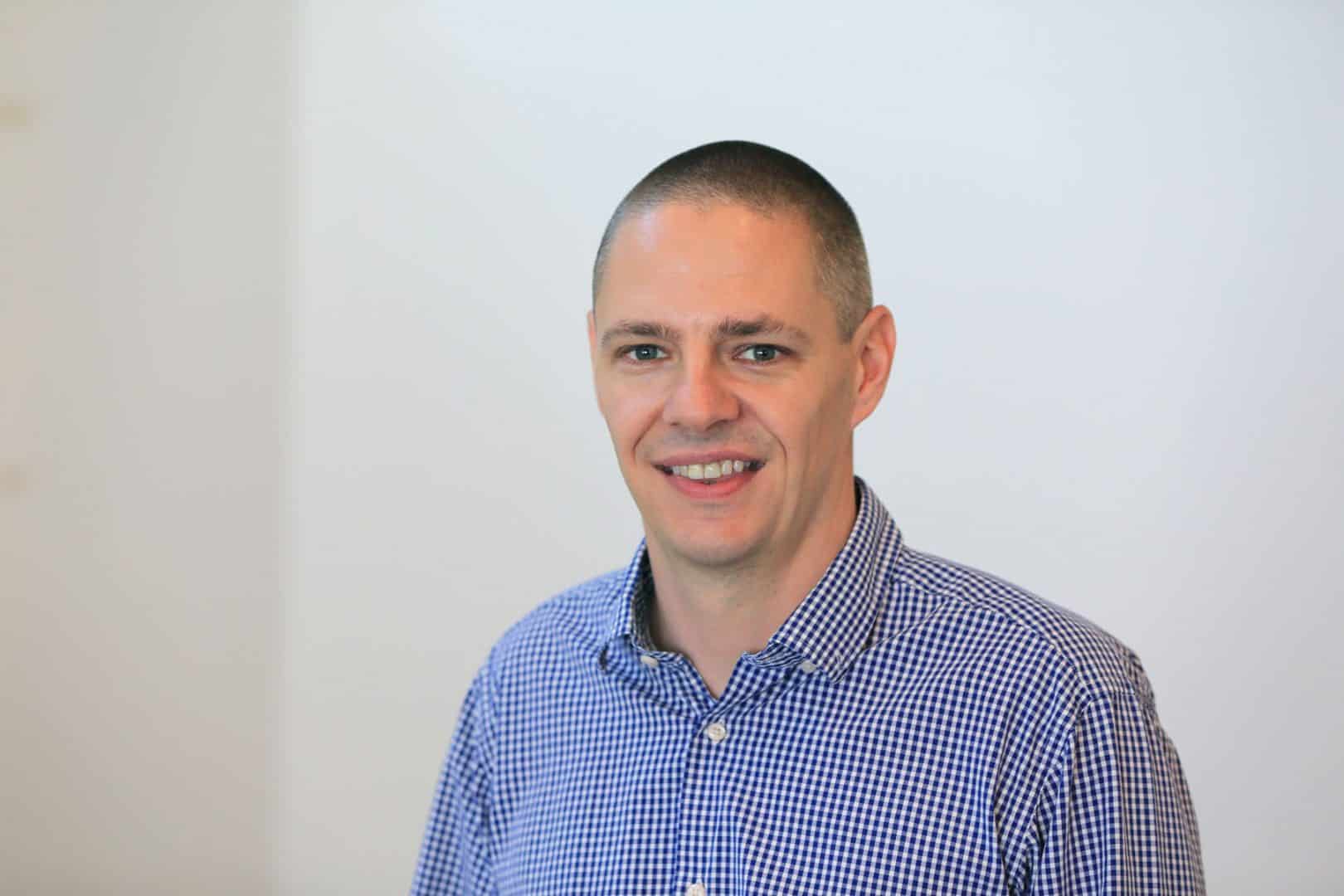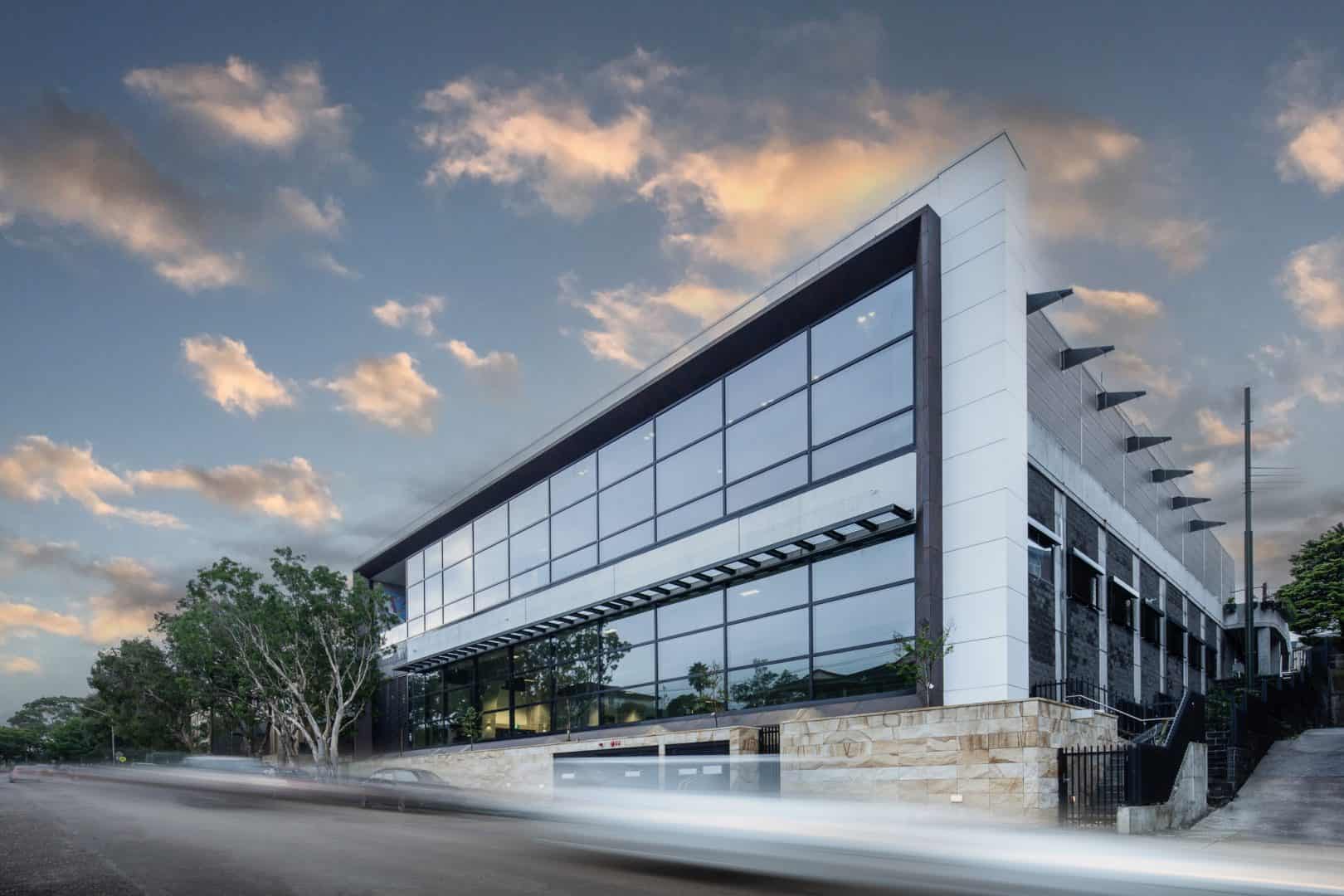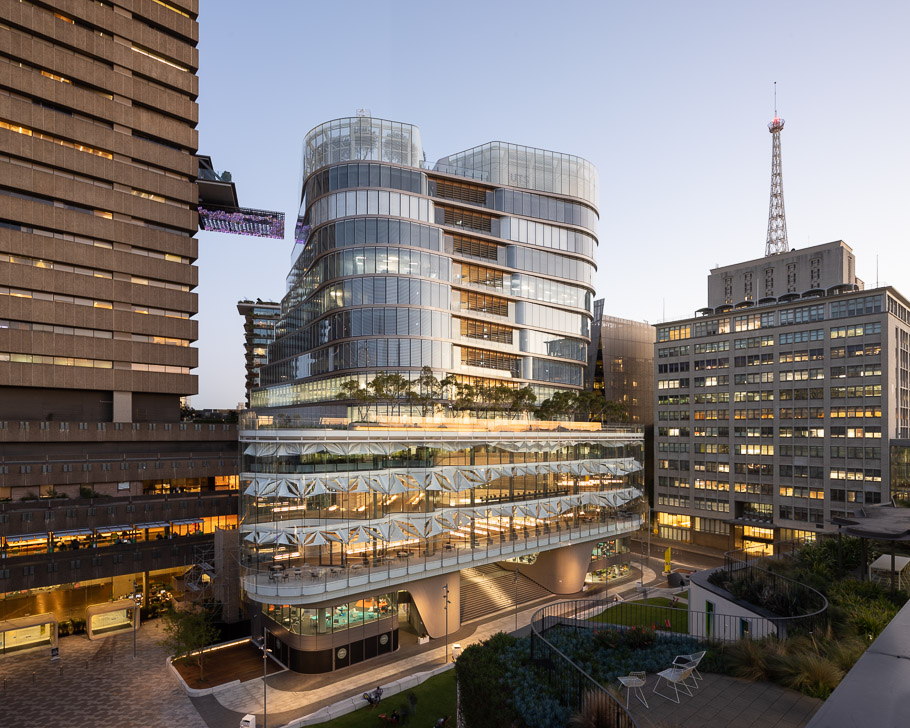Shaping the future of educational infrastructure
RCC is leading the push to future-proof education facilities across private, public and tertiary education infrastructure. Taking a holistic approach, we focus on delivering outcomes that create sustainable learning outcomes for current and future generations.
Educational spaces and surroundings enhance learning and teaching outcomes. When users of the built environment feel inspired, comfortable and safe in a space – wellbeing, interest, and performance follow. At RCC, we collaborate with stakeholders to produce educational spaces that create teaching opportunities and optimal features for learning.
The different drivers for public, private, and tertiary
When planning, designing and delivering educational infrastructure, we factor in the different drivers for each faction.
The private education sector focuses on purposeful, custom architectural design that expresses individual school ethos, messaging and culture. Creating ‘spatial experiences’ that enhance learning for students and teachers is fundamental for this sector.
On the other hand, the public education sector is experiencing a paradigm shift to accommodate the current and forecast student influx into the state.
In the tertiary space, the physical environment and facilities are integral to bring students, teachers and academics together in the interest of knowledge. University campuses need classrooms, libraries, laboratories and lecture theatres equipped with the most modern and properly maintained buildings to provide quality higher education.
Regardless of the driving forces behind each sector, for all education providers, the equation is simple: better facilities equal better education.
While escalation continues, budgets are buying less, and maintenance costs are increasing, adopting blended building models allows us to meet industry demands. To foster in-person and remote learning, these models incorporate elements of bespoke design, modular construction and adaptable spaces. This generates more efficient project delivery, more flexibility for end-users, and creates the best learning experiences for primary, secondary and tertiary students.
Future-proofing educational facilities
As new technologies continue to evolve, buildings need to keep pace. The days of rickety desk rows and blackboards are long gone. Classrooms, lecture rooms, and research labs are now purpose-built to promote student growth and advance teaching. Moreover, digital tools and platforms are transitioning from a standard, one-size-fits-all to individual personalisation, based on each student’s needs which can be accessed anywhere, anytime.
The implication for infrastructure is the allocation of budgets to deliver solutions equipped with the tools and digital hardware that enhance the end-user experience. The bottom lines need to allow for collaborative, secure environments; smart, flexible spaces that can be configured to each task.
To increase the efficiency in educational construction investment, we look at the differing details each sector demands to deliver value for clients and end-users.
Optimisation opportunities
Features like light, air quality, temperature, acoustic environment and facility design all influence the quality of infrastructure. We consult with teachers, parents, students and community stakeholders early in the decision-making process. Our distinctive blank-page collaboration means we have the scope to design solutions specific to each learning environment. There’s no one-size-fits-all template for building educational infrastructure – each project requires a customised approach.
The public sector
This construction sector is motivated to create productive spaces that prioritise community, cost-efficiency and sustainability and seeks the best ways to deliver reliable, safe education environments. With this arm of educational infrastructure under the microscope, attitudes towards planning and maintenance are also shifting.
Sydney’s population looks to double in the next 40 years, with people moving from rural communities to regional and urban areas. At the same time, the number of students is expected to grow by 21% by 2031. Beyond numbers, this translates to an influx of 164,000 students, bringing the total up to nearly one million. To meet this market, the public education sector needs to deliver 7,200 new classrooms.
Overseeing the successful delivery of RCC’s portfolio of projects in the public education sector, our Project Director, Andrew Buchanan emphasises the importance of delivering infrastructure projects to accommodate the increasing intake of students.
“The new normal involves learning beyond the confines of traditional teaching spaces, structures and material resources. This means we must remain agile and work with our clients to deliver future focused learning spaces on time, on budget, with the best quality educational facilities.”
Andrew Buchanan – Project Director, RCC

Our track record of partnering with Government bodies to plan, build and deliver innovative, collaborative, efficient solutions place us in the perfect position to drive change. We’re looking to build on this to support the State’s mission of creating a sustainable market in modern methods of construction.
During his recent visit to Jordan Springs Public School, NSW Premier, Dominic Perrottet, echoed how our collaborative approach to delivering school infrastructure has impacted the education industry.
“It’s remiss of me not to mention Richard Crookes. We are very blessed in this state, as we’re going through this major infrastructure investment across New South Wales, to have the best builders in the business doing this work. Despite COVID and despite the poor weather that we’ve had in Sydney over this period, these guys are building these schools on time, on budget and it’s great to see.”
Dom Perrottet – NSW Premier
Public sector focus factors
RCC approaches each new public infrastructure project by taking their following drivers into consideration:
Design standardisation
Design tools are more sophisticated than ever, allowing us to advance quality, consistency and efficiency. With these proactive tools, we can adapt quickly to the distinct demands of the application for each school.
Asset management and resilience
Given the recent rise of climate chaos, the idea of asset resilience is critical. In every design, we factor in extreme events such as fire and floods, so should these events occur, the school can continue operating.
Modern methods of construction (MMC)
The public education sector is steadily moving to modular construction, where new buildings are ‘manufactured’ off-site as modules. Public education clients are turning towards MMC, as it’s a faster and cost-effective way to build classrooms that cater to the expected increase of students.
Schools at the heart of communities
The state government initiative, Share Our Space, seeks to place schools as community hubs. This philosophy focuses on joint use, giving the public access to the ovals, playgrounds, sports courts and gardens during the school holidays.
Sustainability
School infrastructure NSW is embracing sustainable practices across all building projects. Assigning $15,000 in funding for hands-on sustainability projects that conserve energy or water, reduce waste, or improve biodiversity.
Local Trades Scheme
This measure makes school maintenance easy by allowing schools to source and manage local tradies, up to $50k, via the hipages platform. This supports local economies and makes upkeep more autonomous.
To help public education providers meet these objectives, we work closely with a multitude of local government and community stakeholders. Our key focus is to improve their education infrastructure in the smartest, most sustainable and cost-efficient ways. As a result, our facilities bring community and education together, catering to their current needs whilst preparing them for future intakes of students.
The private sector
Here, attention is on the purposeful, custom-tailored design of colleges, buildings, social spaces and classrooms. By approaching every build as a distinct project, rather than a cut-and-paste design, our building outcomes help facilitate greater learning, social connectivity and a more authentic identity realisation between school culture and architecture.
Rather than viewing these spaces as static buildings and rooms, we view them as ‘spatial experiences’ with a focus on quality of facilities, discipline and academic results. We collaborate with consultants and clients to give private school projects a firm framework that heroes best-practice architectural design principles.
For the private sector, our facilities need to emulate a school’s unique identity, whilst enhancing its educational process so students can achieve optimum learning outcomes. This requires a sound understanding of the school’s history, its current situation, the expectations of stakeholders, and the best possible path to meet these expectations. By having a clear vision and consistent alignment between all parties, we can set the roadmap for how bring our client’s vision to life through our projects.
As a result, we deliver outcomes that embrace a ‘whole-campus’ outlook, giving our clients a competitive edge in the market. Our building spaces are also designed to tap into current students’ aspirations, whilst attracting future pupils that reflect the school’s cultural philosophies.
Needs-based solutions
Having delivered over 400 education projects in the public, private and tertiary spheres, we know educational design and construction inside out. Prime examples in each sector include:
- Alexandria Park Community School – Demolition of the existing school and construction of a new school suitable for 1,000 primary and 1,200 secondary students.

- St Catherine’s School – Demolition of existing structures, as well as the construction of a new multi-storey building comprising a basement-level carpark, aquatic centre, performing arts auditorium and multipurpose hall.

- UTS Central – Demolition of the existing building and the construction of a new teaching building, including a new UTS Library, Faculty of Engineering, learning commons and research labs.

In each case, we worked closely with our clients to understand their drivers and project vision. This determined the project journey we created, as well as the outcomes we delivered that ultimately enhanced learning and teaching outcomes.
At RCC, our educational facilitates are built to enable world-class learning contexts. We move with innovative research to create future-proof spaces that have the flexibility and forethought to evolve with the ever-emerging needs of students and educators.
Together, we’re delivering infrastructure that’s shaping the future of education.